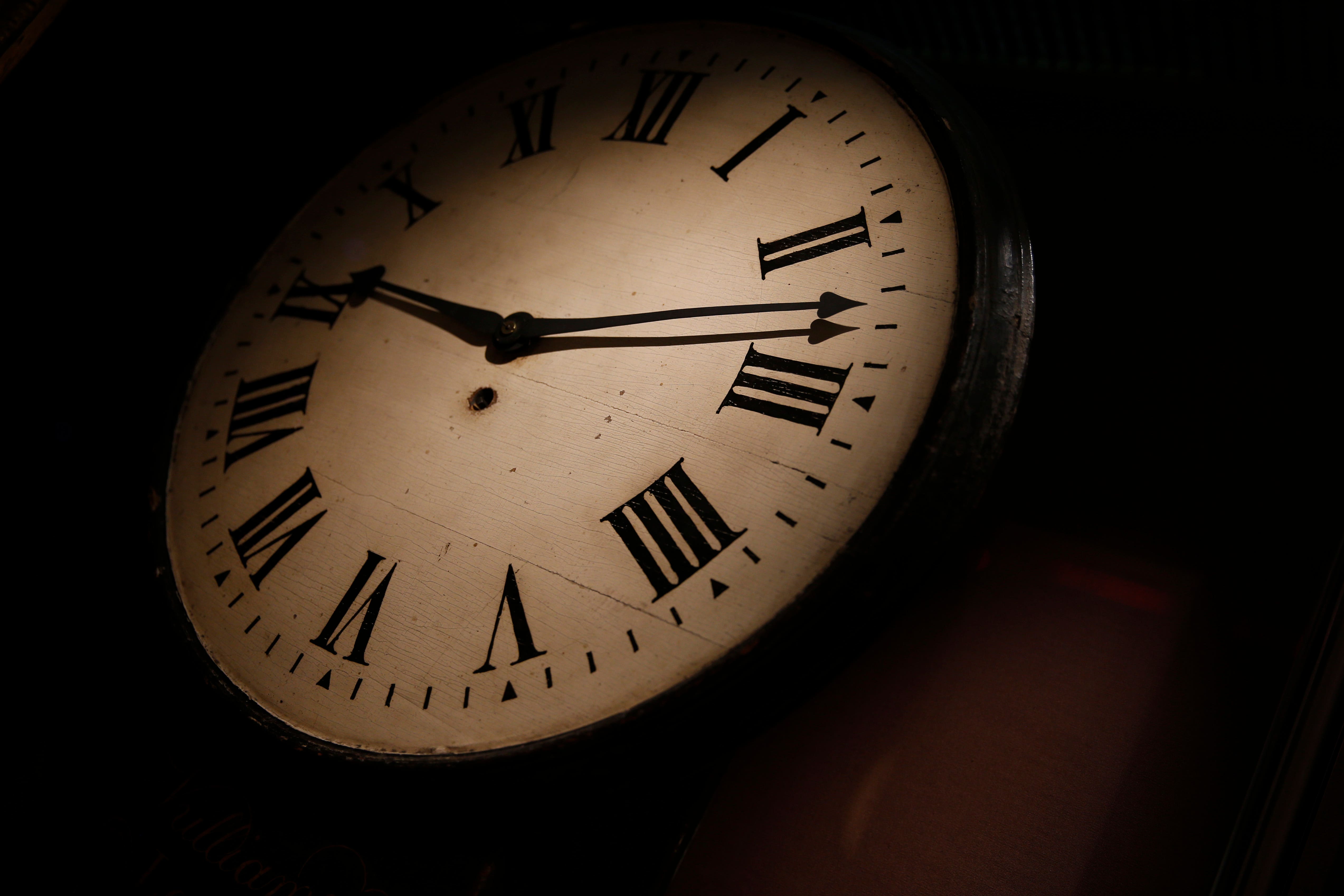Donald Trump wants to change how time works forever. Here’s why
A poll found that 62% of Americans want to end the practice of changing clocks
Your support helps us to tell the story
From reproductive rights to climate change to Big Tech, The Independent is on the ground when the story is developing. Whether it's investigating the financials of Elon Musk's pro-Trump PAC or producing our latest documentary, 'The A Word', which shines a light on the American women fighting for reproductive rights, we know how important it is to parse out the facts from the messaging.
At such a critical moment in US history, we need reporters on the ground. Your donation allows us to keep sending journalists to speak to both sides of the story.
The Independent is trusted by Americans across the entire political spectrum. And unlike many other quality news outlets, we choose not to lock Americans out of our reporting and analysis with paywalls. We believe quality journalism should be available to everyone, paid for by those who can afford it.
Your support makes all the difference.Daylight saving time is once again in the spotlight, this time because of Donald Trump.
The practice affecting almost 400 million people across North America is being debated over its necessity. U.S. President-elect Donald Trump has pushed for an end to daylight saving time, which he has called inconvenient and costly.
Trump said his Republican Party would work to end daylight saving time after he takes office on Jan. 20.
“The Republican Party will use its best efforts to eliminate Daylight Saving Time, which has a small but strong constituency, but shouldn’t!” Trump wrote on social media. “Daylight Saving Time is inconvenient, and very costly to our Nation.” Trump’s billionaire allies Elon Musk and Vivek Ramaswamy, whom he picked to lead a new Department of Government Efficiency, have endorsed Trump’s plan. In 2022, the U.S. Senate passed a bill called the Sunshine Protection Act that would make daylight saving time permanent. It stalled in the House of Representatives because lawmakers could not agree on whether to keep standard time or permanent daylight saving time.
Republicans, who control both chambers of Congress, could revive the bill or introduce a new one.

Any changes that Trump and the Republicans may enact probably would not take effect immediately.
Daylight saving time in the United States and some other countries is due to start on March 9 at 2am. local time, meaning people will lose an hour of sleep. Mornings will be darker but it will stay light until later in the evening. Daylight saving time is scheduled to end on Nov. 2. The saying “spring forward, fall back” serves as a helpful reminder for adjusting clocks.
Daylight saving time in the United States always starts on the second Sunday in March and ends on the first Sunday in November.
In the UK and other European countries, daylight saving time, also known as summer time, begins on the last Sunday in March and ends on the last Sunday in October. This year it will start on March 30 and end on Oct. 26.
The shortest day of 2025 will be on December 21, which marks the winter solstice. Daylight hours vary significantly across latitudes in the Northern Hemisphere. Areas near the North Pole will be plunged into complete darkness while southern regions will still get more than 10 hours of sunshine.
Why was daylight saving created?
The modern idea of changing the clocks with the seasons can be traced back to at least the late 19th century, when New Zealand entomologist George Hudson proposed it to conserve energy and extend summer daylight hours, something that would have benefited his hobby of collecting insects after work. The idea was slow to gain traction until World War One, when European states sought any strategies to conserve fuel. Germany was the first country to adopt daylight saving time in 1916. The United States followed in 1918.
The practice went through many variations before the United States standardized it in 1966 in a law called the Uniform Time Act, which allows states to opt out of it but not to stay on daylight saving time permanently.
A common myth is that the United States adopted daylight saving time to benefit farmers, but in reality many farmers are opposed to the practice for being disruptive to their schedules. The original motivation to conserve fuel is also under debate, as studies have found little, if any, energy savings from the shift, according to the U.S. Congressional Research Service. Opponents point to other studies that have found adverse health effects linked to daylight saving time, such as a spike in fatal traffic accidents, heart attacks, strokes and sleep deprivation in the days after clocks are moved forward an hour every March.
A March 2023 YouGov poll found that 62% of Americans want to end the practice of changing clocks, though only 50% prefer to keep permanent daylight saving time.
Hawaii and Arizona, with the exception of its Navajo Nation region, do not observe daylight saving time. The U.S. territories of American Samoa, Guam, the Northern Mariana Islands, Puerto Rico and the U.S. Virgin Islands also observe permanent standard time. While daylight saving time is widespread across the United States, 19 states have passed legislation to permanently use daylight saving time if Congress were to allow it, according to the National Conference of State Legislatures.

Join our commenting forum
Join thought-provoking conversations, follow other Independent readers and see their replies
Comments